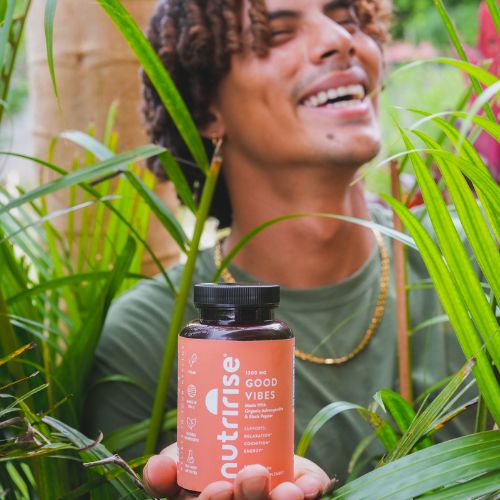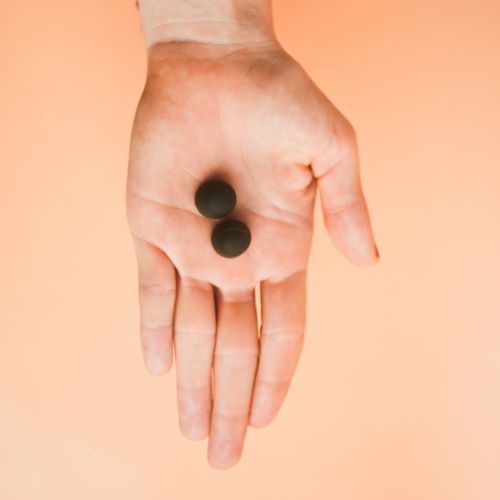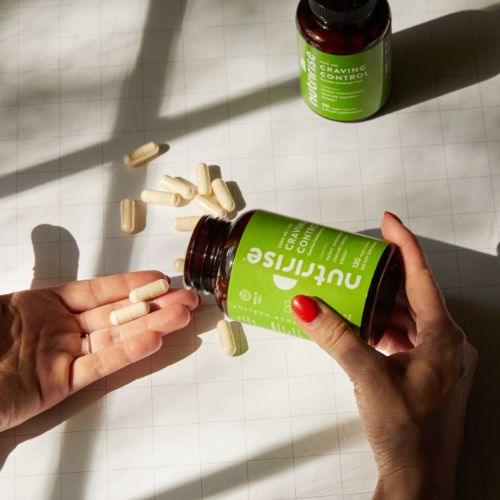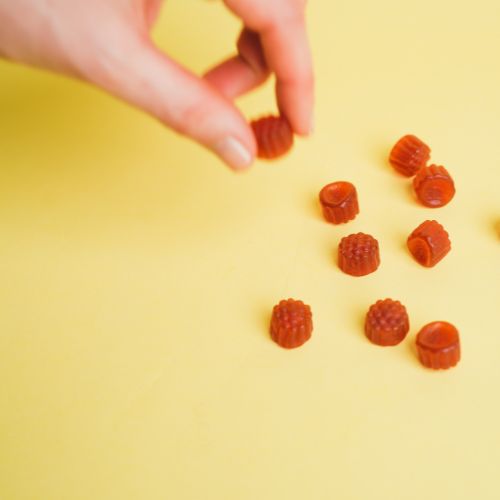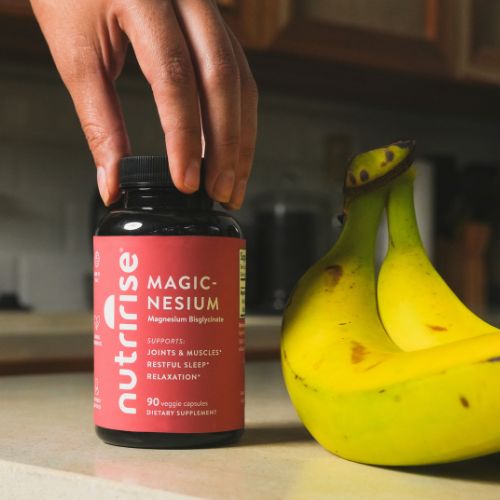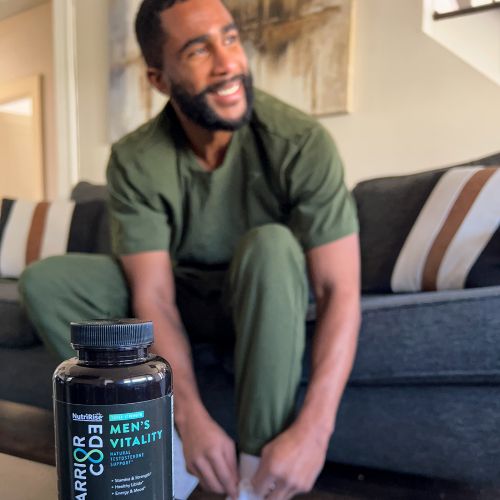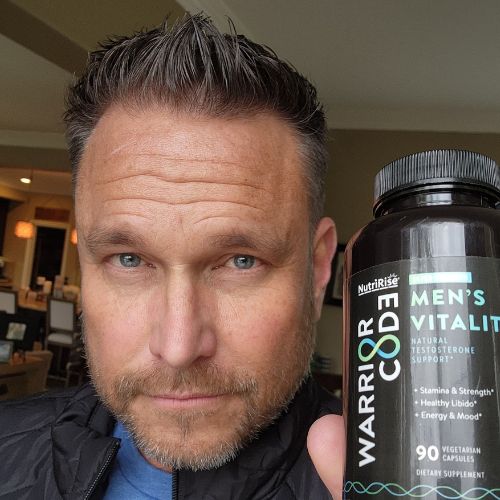What is a Keto Diet?
Typically, your brain needs at least 120g of glucose to survive and function properly. Yet, the human brain cannot store blood sugar, and your body’s storages are quite limited.
That is why evolution has allowed humans to also use an alternative fuel during periods of insufficient food intake – ketone bodies. Ketone bodies, simply called ketones, are molecules that your body produces when deprived of carbohydrates and sugar to burn for energy.
When your endogenous ketone levels reach a certain threshold, your body starts mainly using fats as an energy source.
This state, also known as ketosis, is the ultimate goal of the keto dieter. To enter ketosis, you need to reduce your carb intake to a minimum. Such very low-carb diets (VLCD) are also known as ketogenic diets.
According to the global diabetes community, there are four main types of ketogenic diets (1):
- standard
- cyclical - carbs are consumed only on the days you exercise
- targeted - carbs are consumed only right before or after an exercise
- high-protein (35% of total calorie intake)
Keep in mind that cyclical and targeted diet eating patterns involve the consumption of carbohydrates regularly, so these types of keto never lead to full ketosis.
That is because consuming carbs will immediately raise insulin, restore some of your glycogen stores and drop your ketone levels. This would mean you are effectively out of ketosis.
In addition, your body will take some time before it completely burns through its glycogen stores to get back into full ketosis. That is why you can’t get in ketosis right away, even if you ate just a single carb meal.
Yet, cyclical and targeted keto diets are great options to replenish some of your glycogen and improve your performance during exercise.
Similarly, the high-protein variation involves higher consumption of glucogenic amino acids, which stimulate insulin secretion and gluconeogenesis. This will also raise your insulin levels and get you out of ketosis.
Nevertheless, these variations may be easier to follow and still produce significant weight loss depending on your energy balance. But if you want to enter a full ketosis state, a standard ketogenic diet is the way to go.
How to Enter Ketosis via the Standard Ketogenic diet?
To successfully enter and maintain ketosis, you have to keep your insulin levels low, so your carb and protein intake should be restricted (2, 3).
For example, you should minimize the amount of carbohydrates to less than 20g per day. Remember that this does not include fiber because it does not get digested but acts as a ballast and improves digestion (4).
Cutting the amount of digestible carbs in your diet is not a health concern because, unlike proteins and fats, dietary carbohydrates are not essential macronutrients for the human body.
The human body can produce blood sugar from other nutrients besides carbs such as glucogenic amino acids (5). Thus, your brain will still get some of its energy from glucose even when consuming a low carbohydrate diet.
At the same time, your liver will produce ketones from fats and ketogenic amino acids, which act as a fuel source for your brain and body.
Since the proteins you eat may be used to produce glucose, you will have to limit them to no more than 15-20% of your daily energy intake. The rest of your calories should come from fat, about 75-80% of your total daily intake.
During the first days of cutting carbohydrates, your glycogen stores will be getting exhausted, and gluconeogenesis will be very active – your body might use some of your muscles to produce glucose and energy.
Only after your body adjusts completely will you enter ketosis, a muscle-sparing state that helps your body preserve your muscle mass.
How do Keto diets increase weight loss?
Weight loss is the number 1 reason why people start doing keto. And with good reason - a well-formulated ketogenic diet can result in a quick and motivating weight loss.
The keto weight loss is so quick because it results from a combination of body fat loss and water loss (6).
Keto diets are associated with significant water weight loss due to the depletion of your carbohydrate reserves. Every gram of glycogen you store is bound to 3g of water (7).
What is more, ketones have a suppressive effect on the centers for hunger in your brain When used as a fuel for your brain, ketones can help suppress your appetite and reduce your calorie intake more, which boosts keto weight loss and makes it more sustainable (8).
Furthermore, studies suggest that the keto diet can lead to a slight boost in your metabolism. This means you may burn more body fat while on keto than other diets that provide the same energy.
A new meta-analysis has reported that after a transient decrease in energy expenditure during the first two weeks of keto, the diet can help you burn up to 50 kcals more per day than other isocaloric (calorie-matched) diets (9).
Another meta-analysis, published in The British journal of nutrition, also showed a kilogram higher weight loss amongst people on keto during the 1st year compared to a calorie-matched low-fat diet (10).
Keep in mind that the difference is slight, and it even disappeared after the first year of dieting. Therefore, the size of the caloric deficit is always the most crucial factor that determines the success of any weight loss diet.
By cutting your carbohydrate intake, which usually makes up 50% of the energy intake of most people, keto diets create a significant caloric deficit which results in quick weight loss.
Thanks to its benefits for weight loss, the ketogenic diet can also help control blood sugar levels, lower insulin resistance, and improve the lipid profile in diabetic patients (11).
The effects are comparable to those from other healthy diets medical professionals recommend, such as the Mediterranean diet.
What to eat and what to avoid?
At the heart of the ketogenic diet lies a specific ratio of macronutrients that allows you to enter the state of ketosis. Macronutrients are the energy-providing substances in our food – protein, fat, and carbohydrates.
Thus you should pick your food products carefully and avoid anything that contains digestible carbohydrates and sugars.
Digestible (net) carbohydrates do not include fiber, so you can safely eat vegetables rich in fiber and poor in carbs, such as leafy greens. A sample grocery list would include:
- meat, poultry, organ meats
- fatty fish and shellfish – a great source of natural PUFAs, such as omega 3
- whole eggs
- some types of cheese that are low on carbs – brie, cheddar, cream cheese
- virgin plant-based oils (olive, flaxseed etc)
- animal fat – butter, lard (perfect for cooking)
- avocadoes - one of the best sources of potassium
- low-carb veggies (leafy greens, cruciferous vegetables, tomatoes, zucchini)
- mushrooms
- spices – salt, pepper, herbs, a little garlic, etc.
- Unsweetened beverages – water, coffee, tea
- low carb soy products like tofu – especially if you follow a keto diet plan as a vegetarian
- a limited amount of nuts and berries (too many can quickly get you above the threshold of 20g of carbs)
The list of foods to avoid is much shorter. It includes sugar, honey, milk, yogurt, pasta, grains, most fruits, legumes, starchy vegetables (like potatoes), roots, certain alcohols, sweet beverages, and sauces.
Here are some samples of keto-friendly meals and snacks you may like to try::
Keto breakfast ideas
Unless you have decided to combine your ketogenic diet with intermittent fasting, you will likely eat breakfast regularly. Ensure that you include protein sources such as eggs and products rich in healthy fats - cheese, avocado, etc.
Here are a few examples of healthy recipes:
- Mushroom & Cheese Omelet - make sure to use low-carb cheese such as brie or cheddar
- Fried Eggs & Avocado
- Scrambled Eggs with Peppers and Kale - a combination of protein, fat, and plenty of micronutrients
Keto lunch and dinner ideas
Once again, you should focus on foods that are rich in healthy fats, vitamins, and minerals. Great keto lunch and dinner ideas include salads with green veggies, broccoli, kale, radishes, avocado, smoked salmon, sardines, etc.
You can choose a meal with salmon, poultry or meat, as the main course. On the side, you can add zucchini, mushrooms, green veggies, sauerkraut, bone broth, etc.
There are numerous online resources for keto meal planning. The important thing is to find food that you enjoy eating. By making the meal plan more enjoyable, you’re more likely to stick to it and give it a good chance of success.
Healthy keto snacks
It is important not to snack too much on any diet for longterm weight loss, and keto is no exception. It can quickly get you in a caloric surplus, especially if you have too little fiber or protein in your diet.
If you have three keto meals a day, 1 or 2 snacks will be sufficient to keep your hunger under control for the whole day. Although it is a snack, this is no excuse to eat unhealthy foods.
Healthy keto diet snacks examples are:
- Green veggies with avocado and virgin olive oil (rich in healthy fats and fiber)
- Hard-boiled eggs with a bit of salt (yolks are rich in vitamin D)
- Cheddar or blue cheese (rich in calcium and probiotics)
- Kale chips (rich in vitamin K)
- A handful of brazil nuts (rich in selenium) or pecans
So, is Keto for everyone?
The keto diet can be a powerful weight-loss tool, but this doesn’t mean that it is the most optimal approach for everyone.
For many people, it is hard to completely restrict their carbohydrate intake and follow a strict keto diet. In such cases, it may be best to try keto cycling or a high-protein keto diet instead.
Either way, make sure to first consult with your doctor before making any changes to your diet. Your physician should also advise you if you have any contraindications against the ketogenic diet or any other specialized diets.
The keto diet is unsuitable for people with health conditions like acute or chronic kidney and liver conditions and men and women with low body fat and reproductive problems.
Children, adolescents, pregnant and breastfeeding women should avoid low carb diets. Those who are taking diuretics are at an increased risk of developing dangerously low potassium levels.
If you are healthy and decide to try a keto diet, just be aware of a few possible unusual side effects, such as your breath smelling like acetone.
Acetone is one of the ketones that your liver produces. It is extremely common and can be managed by regularly chewing sugar-free gum.
However, one of the most common adverse effects that often lead people to quit the keto lifestyle almost as soon as it starts is Keto flu.
Keto Flu is a temporary condition that occurs during your body’s transition from burning carbs to burning ketones as an energy source.
The symptoms last about a week and vary from person to person. They can include nausea, stomach pain, headache, poor sleep quality and concentration, and cravings.
Thankfully, the keto flu (or keto sickness) is a largely preventable condition caused by an electrolyte imbalance. That imbalance occurs because of the changes in your body’s water and insulin levels.
Ketogenic diets are associated with the quick loss of body water, which carries many electrolytes along with it (12, 13). Furthermore, your insulin levels affect the function of your kidneys and stimulate sodium retention (14, 15). As insulin levels drop, so does your sodium.
To minimize the keto flu symptoms, you have to reduce the loss of water and electrolytes. This is why you should stay hydrated, avoid intensive sweating for a few days, and make sure to eat plenty of mineral rich foods such as green leafy vegetables!
Note: This article is for informational purposes only and not intended for use as medical advice. Always consult your healthcare provider before starting any dietary supplement







